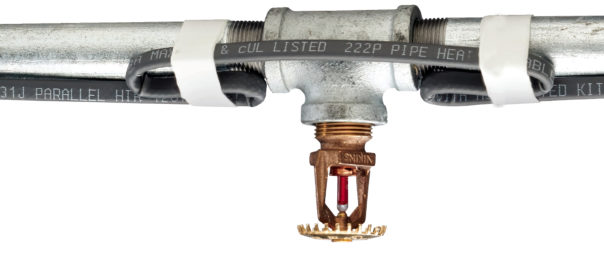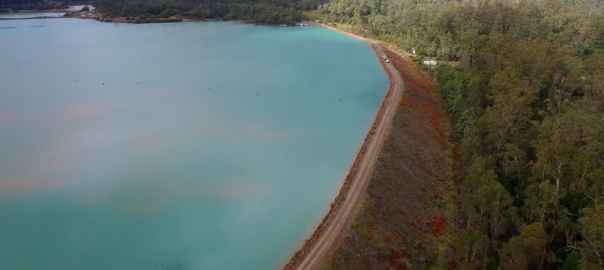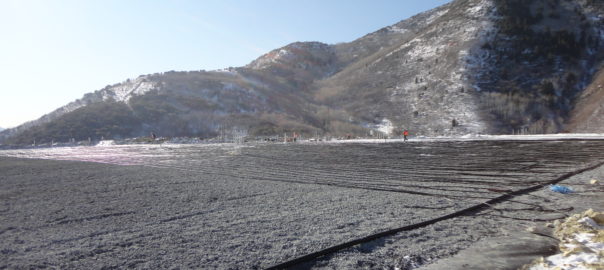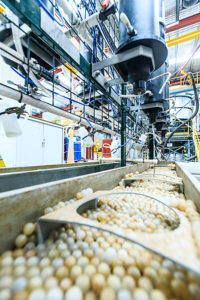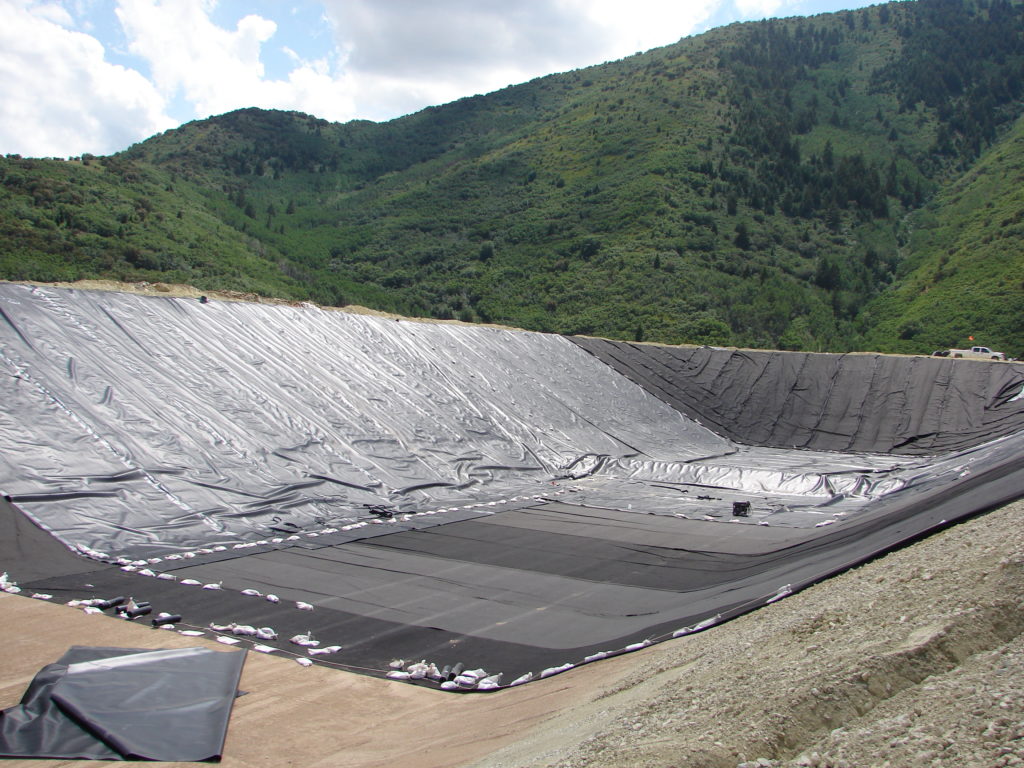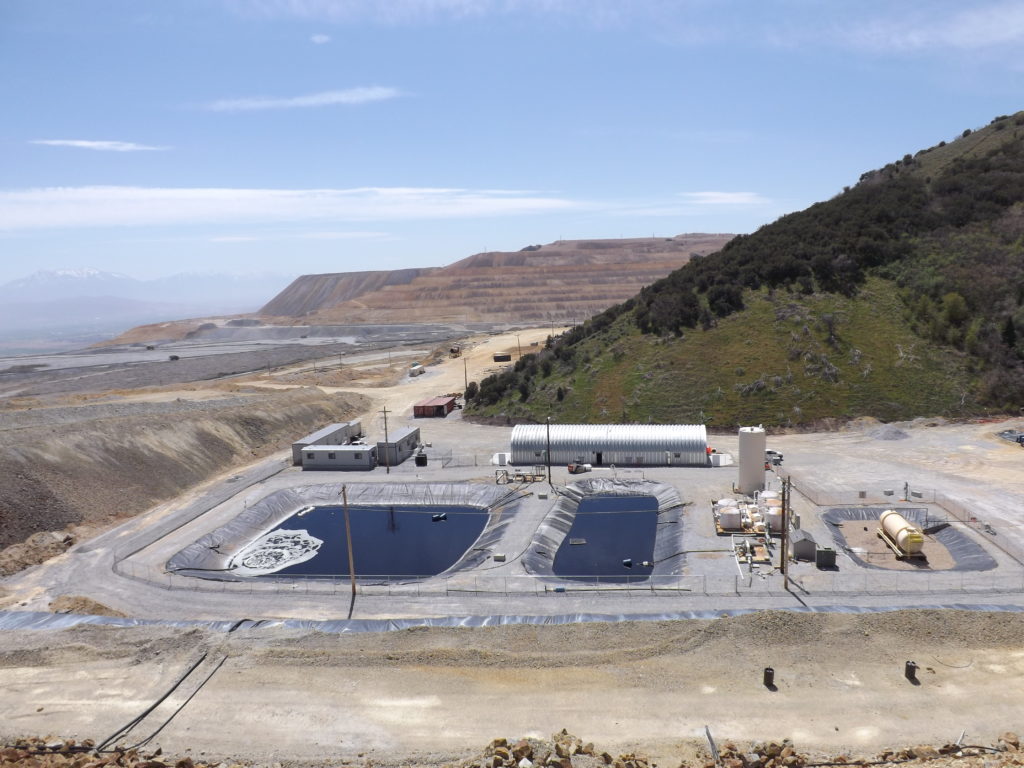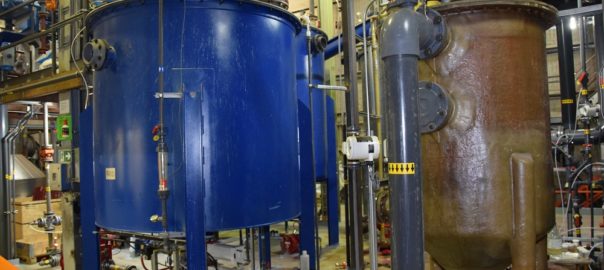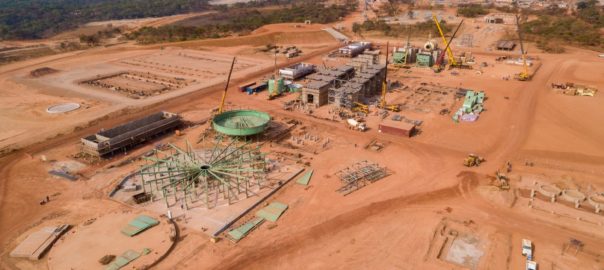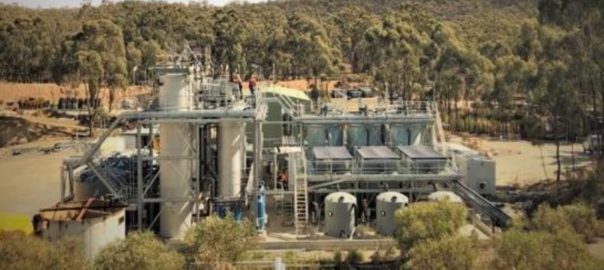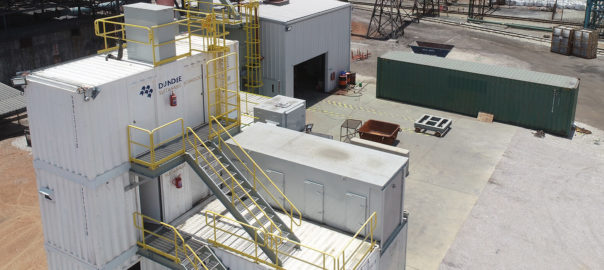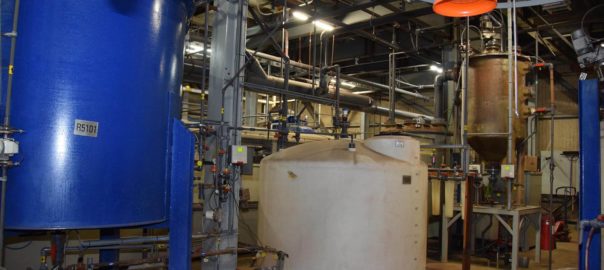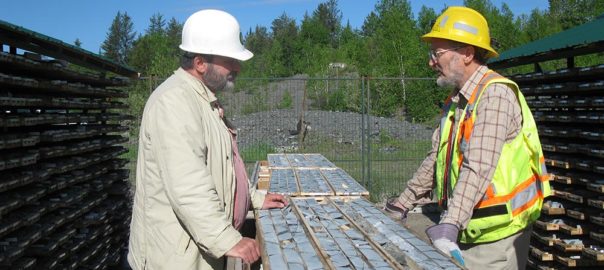Feeding water into a mine, the dewatering of groundwater out of it, and the recycling of used water all depend upon a network of reliable piping systems able to withstand mining’s extreme environments, whether the mine is underground or on the surface.
In remote areas such as Alaska or northwest Canada, pipes carrying water, slurry, tailings, chemicals or other liquids can be subjected to dangerously cold temperatures. Unprotected pipes can easily freeze in this cold, expand and then burst, no matter how strong the material they’re made of. A freeze can also result in ice blockages in pipes that cripple production, according to Matthew Gurreri and Kevin Green* write.
One burst or blocked pipe can bring an entire mining operation to a halt, resulting in punishing financial losses. In addition, lives can be put in jeopardy by the depressurising of fire suppression systems, for instance, or by the flooding of tunnels. Another issue is the environment. Leaks of contaminated water containing heavy metals like copper, lead and arsenic may spill into nearby waterways creating an ecological disaster. The high cost of downtime stemming from a frozen or blocked pipe can be exacerbated by a lack of on-site replacement parts. Icy roads are often impassable in winter, leaving delivery of replacement parts limited to cargo planes or sea lifts. Logistics can become extremely complicated, as well as expensive, in remote arctic locations.
Besides water, most air-filled lines operating inside or outside a mine can freeze, even at temperatures as warm as 40° F. As air pressure drops from 100 psi down to atmosphere, the compressed air, which is always at 100% humidity, super cools rapidly and can freeze up lines and seriously damage mining equipment.
The importance of preventing water pipes and air-filled lines from freezing cannot be overstated. Water is involved at every stage in production: mining, downstream processing and product conveyance. Large quantities of water are also used for cooling the cutting edges of machinery, heap leaching, dust suppression, general cleaning, fire sprinklers and fresh drinking water. Air-filled lines are needed to supply critical power to pneumatic tools and mining equipment.
Protecting pipes
Pipes installed in mining operations are made of materials appropriate to the duty required. Steel pipes are the industry standard. However, lightweight, corrosion-resistant and lower cost plastic pipes, such as HDPE and PE, are increasingly being deployed. Pipes are hung by chains from brackets typically attached to roof bolts.
Along with the threats posed by harsh weather conditions, pipes installed in mines must withstand high external loads and surges in pressure, exposure to corrosive chemicals and abrasive slurries, steam purging, caustic acids and accidental damage by moving equipment – all of which can weaken the pipe structure and make it more susceptible to bursting in a freeze. Hairline cracks could develop, causing leakage, and eventually break.
Explosion risks
Statistics from the Mine Safety and Health Administration (MSHA) indicate that mine explosions occur most often during colder months because of low barometric pressure and low humidity. In cold weather, coal dust can be dangerously suspended in dry cold atmospheres, increasing the hazard of explosion. Low barometric pressures help methane spread easily into active areas, further heightening the risk of explosion. All it takes is a spark from an electrical device, including the switching “on” and “off” of a non-rated heat-trace cable, to ignite a disaster in a classified area containing explosive dust or gases. A lower-quality, malfunctioning heat trace cable can also generate enough heat to set off an explosion in a hazardous location.
Heating cables must be certified for the hazardous location where they are installed. Period. It is extremely dangerous to trust the future of a mine and the lives of its employees to offshore heating cables that may or may not be engineered to the certifications they claim to carry.
Long-distance applications
Mining requires long pipelines and consequently, equally long heat-tracing applications both for freeze protection or for viscosity control and temperature maintenance. Measuring from a few hundred yards to several miles, long distance systems are typically custom engineered. Many variables must be taken into consideration to achieve the most reliable solution for the targeted distance, including factors like self-regulating or constant wattage, supply voltage, minimum temperature at start-up, circuit breaker amperage, pipe diameter, and wire gauge, among many others. In determining heating cable length, the pipe length must be added to the junction box entry and end seal, the number of flanges, and the size and number of valves.
Fire suppression in mines
Ice blockage hinders the suppression abilities of a fire sprinkler system and can break pipes altogether. Frozen sprinkler pipes are dangerous in a commercial building, of course, but can amount to even a greater risk in a mine. In the event of an underground mine fire, it is critical to extinguish the fire in its early stages. Any delay in initiating firefighting activities can result in an uncontrolled fire. Unfortunately, just as sprinkler pipes can freeze, so can the mine’s underground fire hydrants, fire water hoses and surface water storage tanks. All need freeze protection.
Often a sprinkler pipe doesn’t freeze completely. Instead, the water will freeze, thaw and freeze again when exposed to low temperatures. This phenomenon applies added stress to the pipe. Even if a pipe thaws out after a freezing event and appears stable, its integrity is compromised. Hairline cracks can be subtle and difficult to locate until too late.
A frozen pipe in a mine can be dangerous, even deadly.
For instance, in December 2004, a heavy equipment operator in a Kentucky mine was fatally injured while he was trying to dislodge frozen slurry from a slurry pipeline that had iced over.
In 2012 at an oil sands project, about 60 km south of Fort McMurray, Alberta, Canada, a worker was in the process of steaming a frozen pipe when a section of the pipe ruptured, striking the worker in the leg. The 62-year-old worker was transported to a hospital in nearby Lac La Biche where he passed away.
More commonthan these issues is frozen water in pipes that lead to crippling issues ranging from improper functioning of equipment and premature parts failure all the way to more costly damage caused by freeze-and-thaw issues or thermal shock.
Electric heat-trace cables will prevent water, compressed air, slurry and other liquids from freezing in pipes and lines, protecting your property, people and profits.
*Matthew Gurreri is Product Marketing Manager, Emerson Automation Systems, and Kevin Green is National Sales Manager, Emerson Automation Systems







